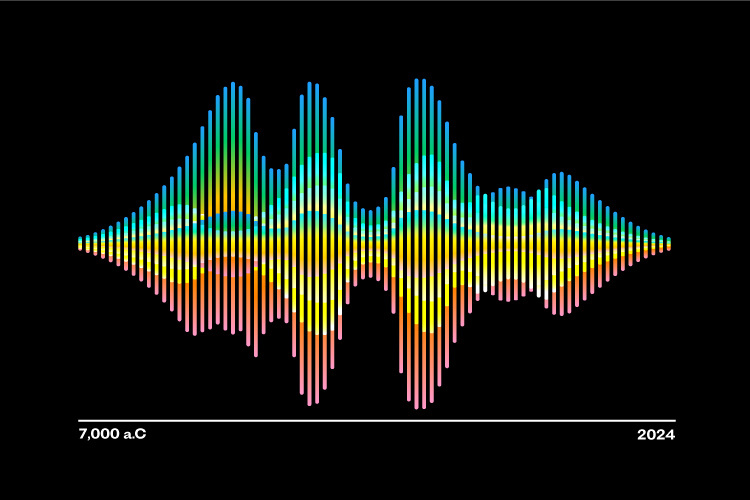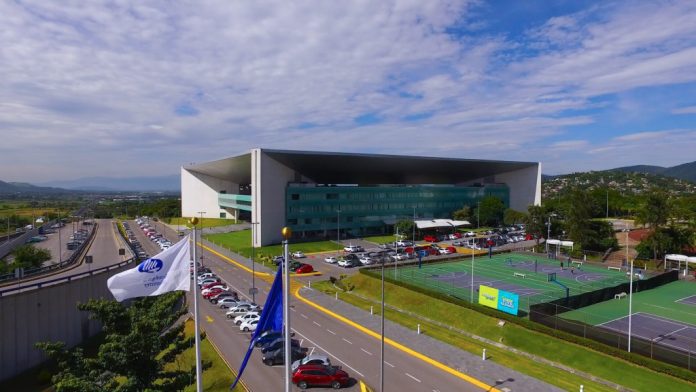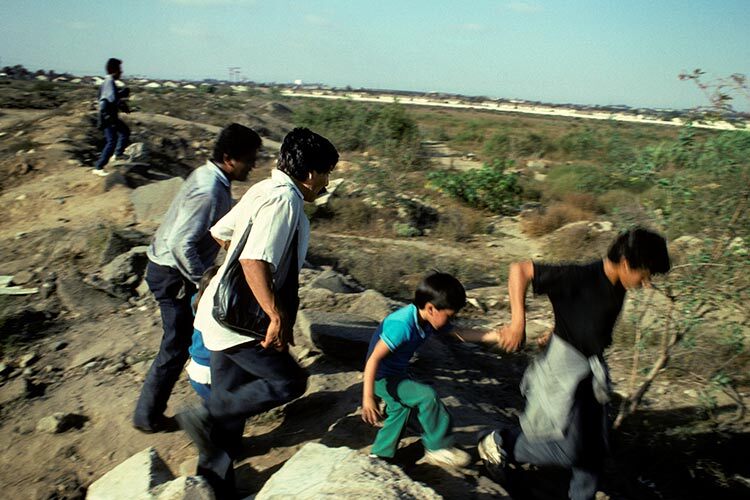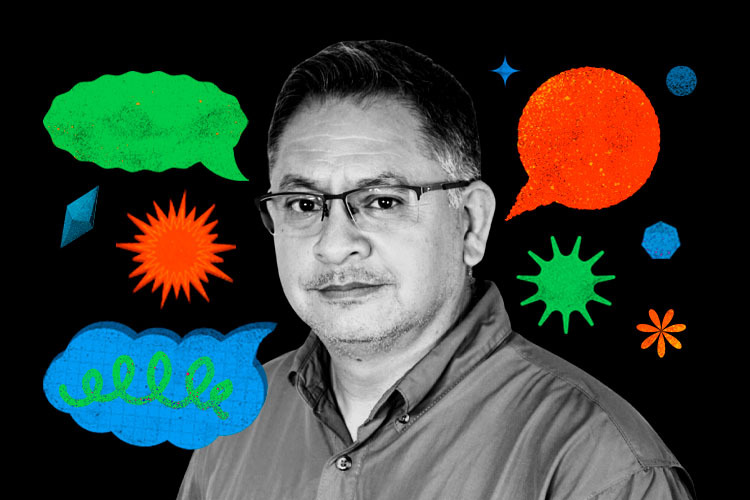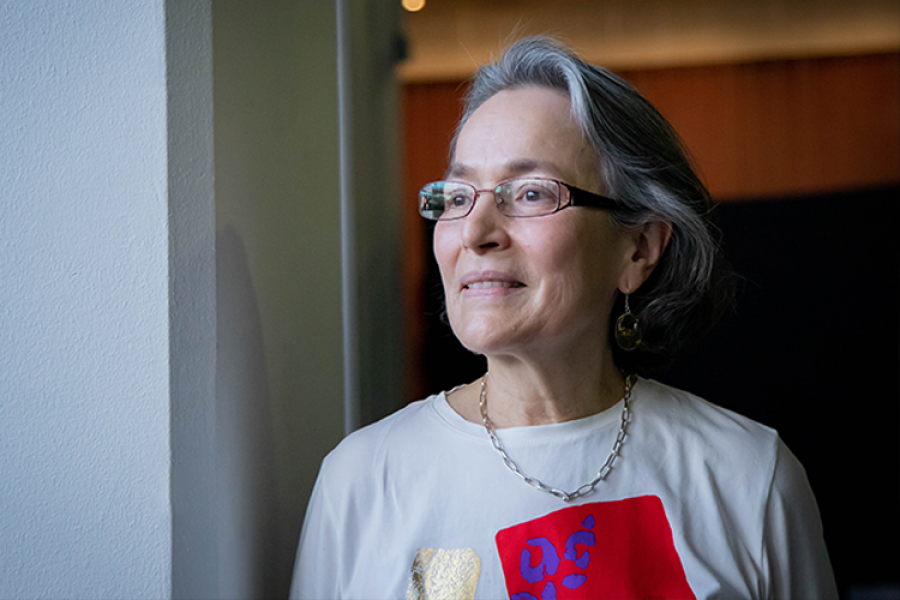If a person claps in front of the Pyramid of Kukulkán at Chichén Itzá, the sound they will hear in return is similar to the song of the quetzal, a sacred bird in Maya culture that is now nearly extinct.
This auditory phenomenon is an echo produced by the unique design of this temple in the Yucatán Peninsula. Researchers have been studying this acoustic property.
Scientists are leveraging archaeacoustics to measure sound in archaeological zones, employing both anthropological and architectural perspectives. Their goal is to connect acoustic effects with ancient civilizations’ customs, knowledge, traditions, and practices.
For instance, certain temples were deliberately designed and positioned to induce specific mental states during rituals and ceremonial activities. Researchers suggest that these cultures developed architectural knowledge to influence brain activity through sound.
Studies reveal that by characterizing the acoustics of various ancient sites and structures, we can glean insights into the human, social, political, and religious activities of long-gone cultures that skillfully integrated spatial design with sound.
Archaeacoustics and the Study of Sound in Edzná
According to researcher Gustavo Navas, a doctoral candidate at the School of Engineering and Sciences at Tec de Monterrey, archaeacoustics studies archaeological sites through their sound and acoustic characteristics.
He describes this discipline as a “fusion of two fields: archaeology and acoustics, which study different aspects but, when combined, seek to understand better how people in the past utilized spaces in civilizations and cultures that no longer exist.”
Recently, Navas and a team of researchers conducted a study in the archaeological zone of Edzná, located in Campeche, aiming to gather information that enhances our understanding of Maya customs and practices.
“Edzná, is a former site of the Mayan culture. The acoustic properties of this architectural complex embody intangible heritage, encompassing a collection of customs, knowledge, traditions, and living expressions transmitted through oral traditions, rituals, festive events, and practices associated with nature and the universe,” notes the study titled Acoustic Characterization of Edzna: A Measurement Dataset.
Navas, an engineer specializing in Sound and Acoustics, explains that they chose this site for its cultural legacy and because it had not been previously studied, allowing for the generation of new insights.
The team visited Edzná on two occasions, several months apart, to measure and characterize sound, evaluating 32 points within the site. They primarily focused on three areas: the Main Plaza, the Great Acropolis, and the Small Acropolis.
“Studying these three areas helps us confirm theories held by archaeologists. For example, the Main Plaza was a gathering space for the entire population during mass events; the Great Acropolis featured a section accessible only to the elite, offering better acoustics for private events. Meanwhile, the Small Acropolis served more as a resting area, rather than a space for rituals,” he comments.
Archaeological Exploration Through Acoustics
The doctoral student in Engineering Sciences at Tec de Monterrey explains that their study developed a methodology based on the ISO 3382 standard, which establishes international benchmarks for evaluating acoustic parameters in spaces. Key among these is the reverberation time (T60), which measures how long it takes for sound to dissipate after the source is turned off—a phenomenon commonly referred to as echo.
Other parameters measured include definition (D50) and clarity, further divided into two types: voice clarity (C50), assessing the intelligibility of spoken words in the space, and instrument clarity (C80), which gauges the sharpness of music.
To capture sound, the team utilized an audio interface, speakers, omnidirectional microphones, and a binaural head to record audio in 3D, simulating how people perceive sound.
“We recorded two types of signals: one resembling white noise (MLS) and another a sweep that transitions from low to high frequencies (LSS). We selected areas with a broad usability spectrum, defining points based on a map while considering the potential locations of people and the intended uses of these spaces,” he explains.
To select recording locations, they consulted with Francisca Zalaquett, an archaeologist from the National Autonomous University of Mexico (UNAM), who has dedicated her research to Maya culture. Additionally, the project received guidance from Tec researchers Luz María Alonso and David Ibarra.
Acoustic Elements for Reconstructing History
Gustavo Navas emphasizes that archaeacoustics highlights the rich array of sounds that form part of our societal heritage. Understanding soundscapes can help create immersive experiences and open pathways for people to connect more deeply with their origins.
As part of this research, the team compiled a database of 297 audio files featuring various sound effects, such as echoes and late reflections. According to Navas, this data lays the groundwork for generating hypotheses—such as potential uses and communication systems—and for analyzing and characterizing building materials based on their acoustic properties.
The study indicates that the collected data can be used to develop auditory experiences where sounds from musical instruments and other effects can be heard as they would be in the archaeological site itself, without needing to be physically present.
“While acoustics alone cannot definitively prove whether something occurred at a specific location, it provides additional insights for archaeologists studying what people did in these spaces. Sounds possess a richness that may not be visible but can be felt. When you’re there, it feels like you’re in a magical place, and that’s part of the intangible heritage that belongs to all of us.”
Were you interested in this story? Do you want to publish it? Contact our content editor to learn more marianaleonm@tec.mx
